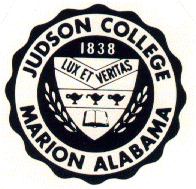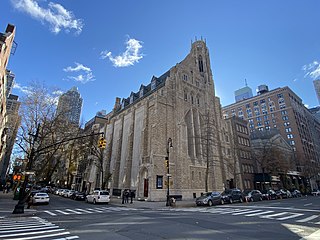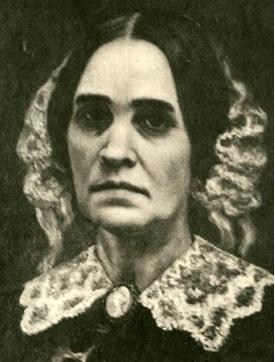History
Siloam Baptist Church was founded in June 1822, about the same time as the city of Marion. The principal founder was the pioneer preacher, Charles Crow. The first meetinghouse was built of logs; the second was an elaborate frame church built in 1837. Both of these church buildings were located near what is now the Marion Cemetery.
In 1838, members of Siloam founded Judson College. In 1842 Howard College, now Samford University in Birmingham was also started in Marion by the Baptists. It was here in 1844 that the Baptist State Convention adopted the “Alabama Resolutions” resulting in the separation of southern and northern Baptists in 1845, thus the beginning of the Southern Baptist Convention. The Home Mission Board of the Southern Baptist Convention held its organizational meeting here in 1845 around the table which still sits in the Memorial Parlor.
In November 1847, Siloam purchased the land on which the present church stands. L. Y. Tarrant was the architect and builder of the new church. Most of the work was done by slave labor; the bricks were made of local clay. The building was to be eighty-five feet by fifty feet with a full basement; the spire was to be one hundred twenty feet from the base. There was no concrete foundation; it was built on what was called a spread footing. A four-foot trench was dug and the entire trench filled with a layer of bricks four feet wide. The next layer came with one-half brick on each side and again consisted of a solid layer. This continued until the wall was two feet thick and then continued up at that width.
The building was dedicated and put into service in 1849. At the time of dedication Siloam was the largest church west of Augusta, Georgia and was looked upon as the most vital church in the south west. Marion was the center of mission work in Alabama and throughout the South. The Alabama State Convention met here every other year from 1848 to 1868.
The sanctuary was plainly furnished. It was lighted by oil lamps hung in chandeliers and in wall brackets. The windows had three large sashes with small clear glass panes; these heavy sashes were on pulleys and cords, and were raised from the bottom and lowered from the top.
Members of this church were instrumental in establishing both Judson College in 1838 and Howard College, now Samford University, in 1841. [2] [3]
An early writing tells us that the gallery took in three sides of the sanctuary and was occupied by slaves - thus stairs are entered from the outside. After the Civil War and the emancipation of the salves, Siloam helped establish Berean Baptist Church. The steeple on Berean is a duplicate of the original steeple on Siloam, which was replaced in 1949 after a fire.
“The Alabama Baptist” was first published in 1849 in Marion. It continued to be published here from 1849 to 1852 and again from 1874 to 1877.
In 1894, Siloam's galleries were removed and the balcony was constructed, the stained glass windows were put in place. A pipe organ was installed, it was operated by a hand pump and bellows. In 1922 the organ was converted to an electric motor driven pump.
The year 1926 brought the construction of an educational building at the back of the original sanctuary.
In 1955 an extensive renovation program was carried out in the historic sanctuary. The walls and ceilings were replastered and painted, a new lighting system was installed, together with air conditioning. New carpets were laid and the pews refinished. The old pipe organ was replaced by an electronic organ.
The Memorial Parlor was established and furnished in 1958 as a fitting place in which to house the historical relics of Siloam.
In 1959 the church approved a program leading to construction of an educational wing for use by the Judson and Marion Institute students and the younger children. A joint effort of the Alabama Baptist State Convention and Siloam Baptist Church made possible the erection of this new educational unit.
The present Wicks organ was installed in 1974.
In 1982, Siloam Baptist Church was named to THE NATIONAL REGISTER OF HISTORICAL PLACES by the United States Department of the Interior.
The last major renovation of the sanctuary was done in the summer of 1997. A new sound system was installed, the floors were reinforced and refinished. The pews were refinished and new pew cushions and new carpet were installed. A new roof replaced the old and the walls were painted.
In 2007, the long dream of many Siloam members came true as an elevator was installed that would service the sanctuary and all floors for the educational building that was built in 1959. [4]

















